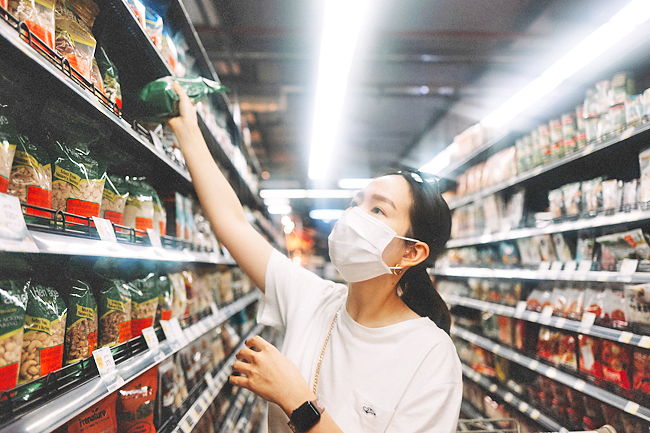Azlan Othman
Brunei Darussalam’s economic growth is forecast to pick up this year at 4.1 per cent benefitting from high oil and gas prices, ongoing global recovery and low-base effect. Next year, the gross domestic product (GDP) growth is projected to be 2.3 per cent.
This was highlighted by ASEAN+3 Macroeconomic Research Office (AMRO) in its annual ASEAN+3 Regional Economic Outlook (AREO) report on Tuesday.
The report said the Sultanate’s economy declined for four consecutive quarters year-on-year (y-o-y) through third quarter (Q3) of 2021. Real GDP declined by 1.7 per cent y-o-y in the first nine months of 2021, driven mainly by contraction in the oil and gas sector.
Turnaround activities and a limited onsite workforce because of COVID-19 reduced the sector’s ability to recover from unscheduled deferment of well, reservoir and facilities management activities.
The non-oil and gas sector registered positive growth in Q3 2021, thanks to subsectors such as finance, communication, health services and manufacturing of food and beverages.
Growth in the non-oil and gas sector was mainly driven by increased domestic demand.
The AMRO report added that retail sales performed well in the first nine months of 2021 as restrictions on overseas travel prompted a rise in domestic consumption. However, it dropped by 5.2 per cent in Q3 2021 as movement restriction mandates took effect. 
The economy rebounded in Q4 2021 with the relaxation of containment measures. As a result, real GDP had grown marginally by 0.2 per cent for the whole year of 2021.
AMRO staff forecast growth in ASEAN+3 at 4.7 per cent this year and 4.6 per cent in 2023, with growth for ASEAN at 5.1 and 5.2 per cent. The growth outlook is underpinned by the region’s high vaccination rates which should help mitigate the health risks of COVID-19.
“Now, as we move through 2022, it appears as though the region may finally have gained some ground in its long battle against the virus and we can now look forward to a fuller opening-up and a strong economic recovery,” said AMRO chief economist Dr Hoe Ee Khor.
The conflict in Ukraine is an emerging risk to the outlook. Its effects are already being felt in the region through higher energy prices. While ASEAN+3 economies have limited direct exposure, they will not remain unscathed if it drags on.
The economic fallout – disrupted global supply chains, higher global inflation and lower global growth – would undoubtedly hurt ASEAN+3 exports and growth. Soaring inflation in the United States (US) has prompted the US Federal Reserve to begin tightening the monetary policy but uncertainty remains as to how aggressive its approach will be.
A sharper-than-expected rate hike by the Fed and consequent tightening in global financial conditions would have implications for interest rates, capital outflows and financial market volatility in the region.
The report added, within ASEAN+3, financial risks are still elevated in many economies due to the pandemic. Macro-financial policies continue to be focussed on alleviating the pandemic’s impact on households and firms and supporting an economic recovery.
If the recovery is delayed, more businesses and individuals could come under financial stress. Given the less supportive global policy settings in 2022, the region’s policymakers will have to undertake a crucial balancing act – avoiding a premature withdrawal of policy support to sustain the recovery while at the same time facilitating the reallocation of capital and labour to new and expanding sectors and restoring policy space to prepare for future risks.
“ASEAN+3 policymakers will have to be nimble as they navigate this complex environment, strengthen economic recovery, and rebuild policy space,” Dr Khor stressed. “This will not be our last crisis. We must rebuild, and continuously innovate and learn as we prepare for the next crisis.”